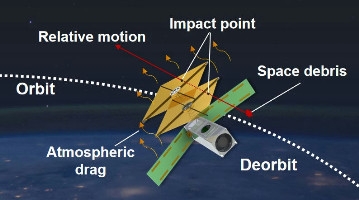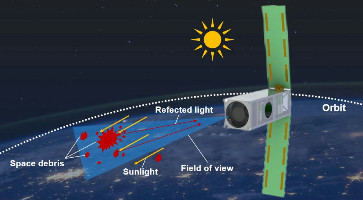| Spacecraft name | SR-SAT (Space Ranger Satellite) |
|---|---|
| Type | CubeSat |
| Units or mass | 3U |
| Status | not launched, expected in 2025 |
| Launcher | not launched |
| Organization | Beihang University |
| Institution | University |
| Entity | Academic / Education |
| Nation | China |
| Oneliner |
Designed to monitor small space debris in Low Earth Orbit (LEO). |
| Description |
Designed to monitor small space debris in Low Earth Orbit (LEO) and is expected to launch by the end of 2024. SR-SAT features a smart camera payload and an impact-based payload, capable of achieving both remote-type and contact-type space monitoring, respectively, providing different types of debris data. The smart camera payload includes an optical system and a high-performance flight system, adopting a design scheme of integrating a large-aperture optical system and the main structure. The lens support structure of the optical payload is integrated with the main structure to reduce the structural weight, while keeping the rest of the CubeSat in a standard configuration, realizing the combination of standardization and customization. A high-performance flight system is used for real-time image processing, which utilizes an onboard network for communications between programs, supporting the upload and on-orbit operation of third-party apps. The impact-based payload is a micro debris detector, which is folded and stowed inside the satellite during launch and can be deployed in orbit. It detects sub-centimeter-sized debris using a double-layer thin film with resistive grids. It also serves as a deorbit sail in the satellite’s end-of-life phase. |
| Sources | [1] [2] |
| Photo sources | [1] [2] |
Last modified: 2024-12-27


